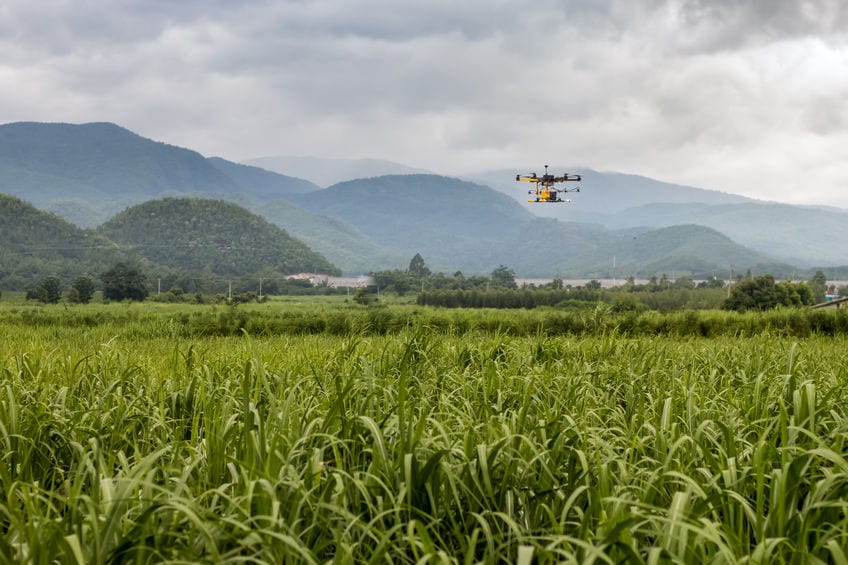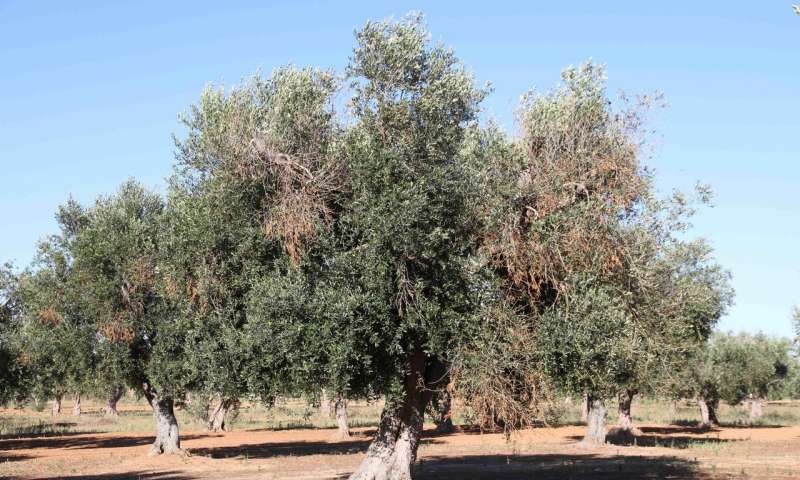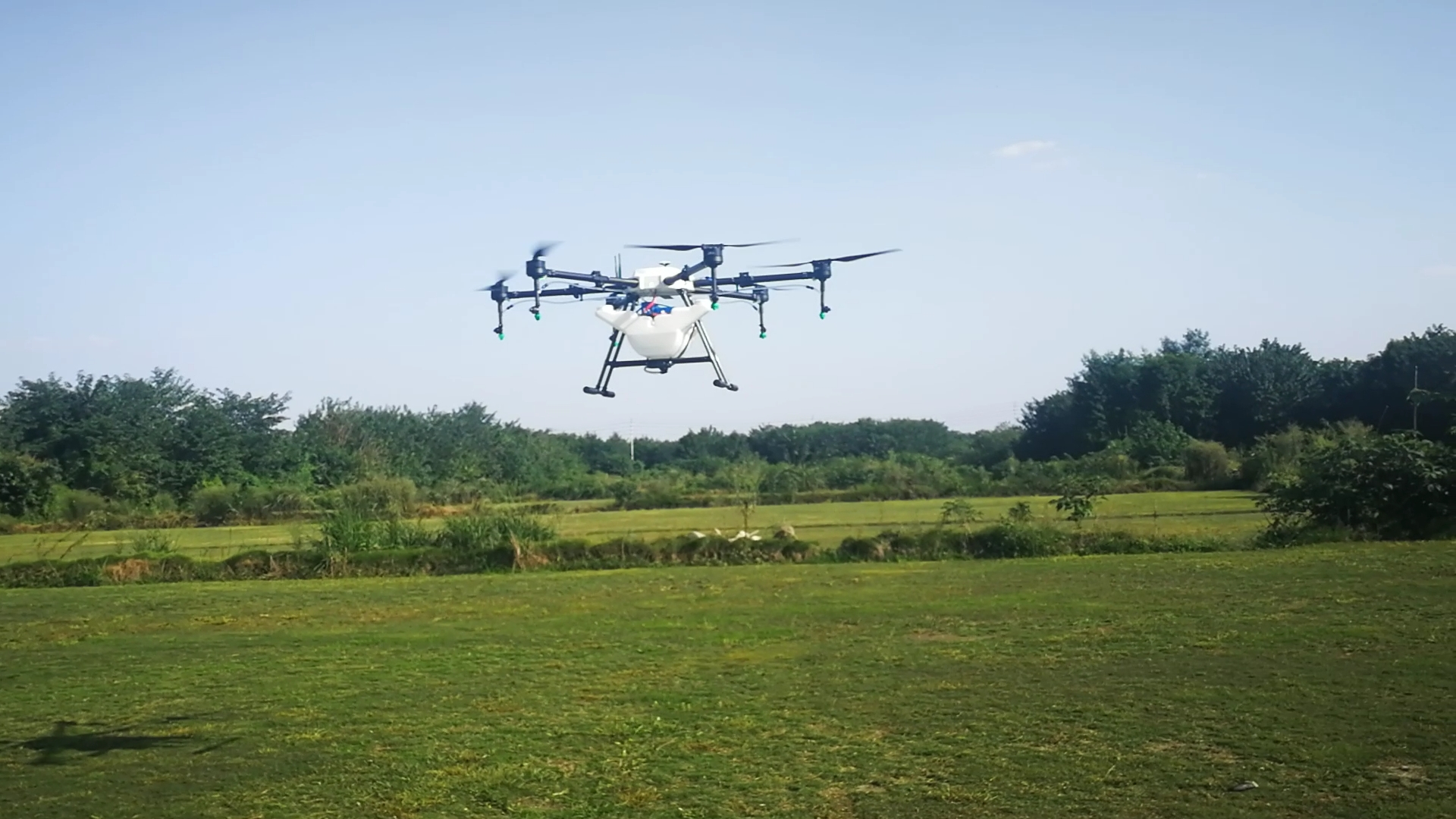UAV In Precision Agriculture

What is Precision Agriculture?
Precision Agriculture is a means of farming and agriculture management based on observing, measuring and responding to crop conditions continuously. Precision agriculture refers to the way farmers manage crops to ensure efficiency of inputs such as water and fertilizer, and to maximize productivity, quality, and yield. The term also involves minimizing pests, unwanted flooding, and disease.
Where do drones come in?
While precision agriculture is the brain of the farmer, a drone can be the body of the farmer. Drones are used to observe crops, their texture, growth, condition of the pests, condition of the flower etc. They process this observed data using programs based around precision agriculture and on the basis of the analysis done by the programs, the drones carry out tasks or respond to the crops so as to optimize growth.
But why drones? Why not a programmed tractor or a humanoid robot?
Well, the exclusive aerial features of drones make the application of precision agriculture very effective. Let us examine how precision agriculture works with drones.

How does it work?
Drones have a very high mobility and enough space to carry micro-controllers that are programmed as per precision agriculture; making drones exclusively efficient for farm management. The following processes are the said exclusive features of drones:
1.Mapping
Mapping or surveying is the drone’s operation of observation. the farmer only needs to draw around the area they need to cover as drones are equipped with flight planning software’s allowing them to follow an automated flight path, The drone automatically takes pictures using onboard sensors and the built-in camera, and uses GPS to determine when to take each shot.
2. Crop-dusting
Crop-dusting is the cumbersome, boring job of a farmer that can be taken over by drones to save time, resources and health. Drones can carry tanks of fertilizers and pesticides in order to spray crops with far more precision than a tractor. This helps reduce costs and potential pesticide exposure to workers who would have needed to spray those crops manually.
What are the requirements for setup?
Well, what do we need to make use of precision agriculture and integrate it with drone technology?
1.Farming expertise
The primary requirement for precision agriculture to work is the requirement of farming expertise that should form the basis of the programming of the drones using which they learn the criteria for identifying problems and studying crops.
2.Programming expertise
By precise commands, including trial-and-error machine learning, or artificial intelligence, drones are to be programmed to work like farmers. They are supposed to observe and respond appropriately.
3.Drone equipment
The equipment installed in the drone can make a lot of difference in its effectiveness in terms of application of precision agriculture. Sophisticated cameras or thermal imaging sensors can help identify pests and diseases

What are the benefits?
Integrating drone technology with precision agriculture opens up a lot of possibilities that are beneficial with the present state of technology, both accessible and convenient and state-of-the-art
Following are some of the applications that make integration of drone technology with precision agriculture very effective:
1.Irrigation Equipment Monitoring
Managing multiple irrigation points at the same time is inconvenient and cumbersome, especially for farmers that have many fields spread out across a county or region. Once crops like corn begin reaching certain heights, mid-season inspections of the nozzles and sprinklers on irrigation equipment that deliver water can be simplified and carried out very effectively with drones.
2.Weed Identification among crops
A weed map can be plotted by drones using the data obtained from their sensors, so farmers can easily differentiate areas of high-intensity weed proliferation from the healthy crops growing right alongside them, improving quality of crops.
3.Variable-Rate Fertility
Used NDVI maps to direct in-season fertilizer applications on corn and other crops. By using drone-generated, variable-rate application maps to determine the strength of nutrient uptake within a single field, decreasing fertilizer costs and boosting yields.
4.Health Assessment
Drones can identify bacteria, fungus or diseases based on Infra-red radiation commonly transmitted from sensors, thermal imagery, image acquisition or image tracking and several other means, preventing disease from spreading to other crops.

A final word
We know now, that precision agriculture, applied with drones, is a very efficient agriculture management method in theory. But just like every modern technology, it needs sophistication and advancement in terms of its practical application in order to be feasible for commercial use. drone technology in the agricultural department is a worthy and productive investment.
6 rotors plant protection UAV 16KGS agriculture sprayer
Intelligent Agriculture is the trend of all over the world. And the intelligent drone act as a important role in this world plan.
Agriculture spraying drone can replace the traditional pesticide sprayer and it's speed is 40times of the traditional sprayer. It will save 90% water and 30%-40% pesticide. Small droplet diameter make the pesticide more well-distribute and improve the effect. At the same time, it will make the people faraway from the pesticide and reduce the pesticide remain of the crop.





